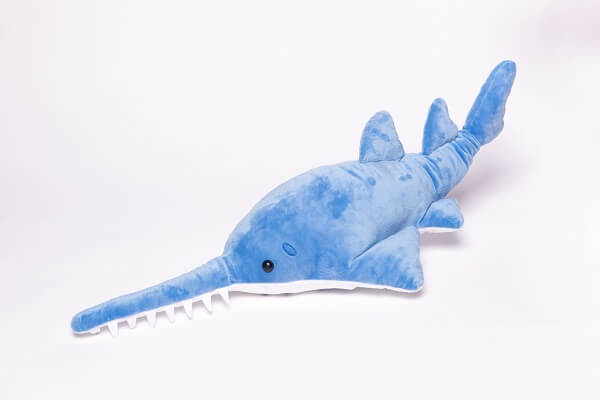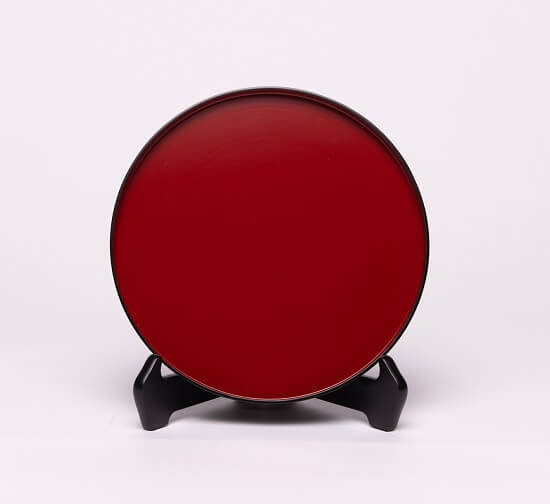
Wooden Shamoji
Updated at 2022-03-23
In Miyajima, rice paddles, or shamoji, are used not only to paddle rice but also to ask for a blessing. According to legend, the earliest Miyajima shamoji was made by a Komyoin Temple monk in the 18th century. The lute shape derives from the instrument held by Buddhist Goddess Benzaiten, one of Japan's Seven Gods of Fortune. Later, residents of the island began to see shamojis as a symbol of good fortune. To this day, Miyajima shamojis are still made from natural cherry wood without artificial chemicals. Red cherry wood becomes more saturated with use, making them a useful and lucky addition to any family. Therefore, they have become a must-have souvenir for visitors to Miyajima.
Language: Japanese
Area: 471 square kilometers
Population: Approx. 86,000 people
Main Industries/Features: Located in central Hiroshima Prefecture, Mihara benefits from excellent transport infrastructure, including the Shinkansen and local JR lines, the Sanyo Expressway, Mihara Port, Sunami Port, and Hiroshima Airport. Its connectivity is its greatest advantage.
相關藏品

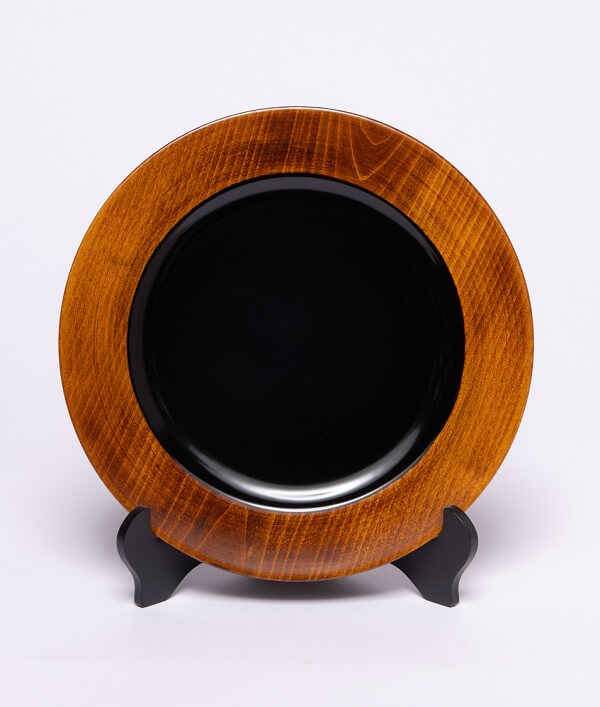
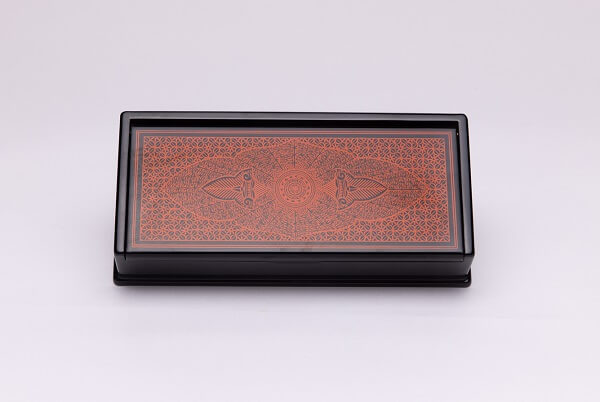
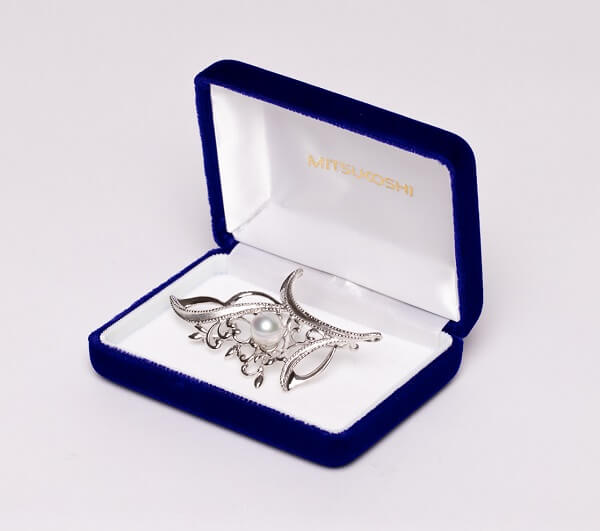
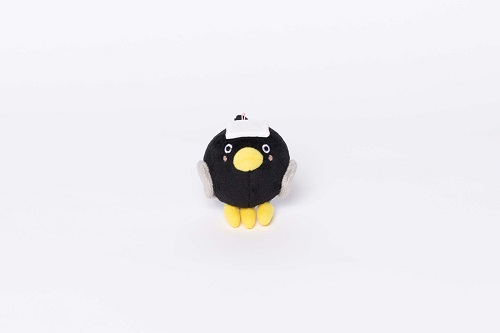
.jpg)
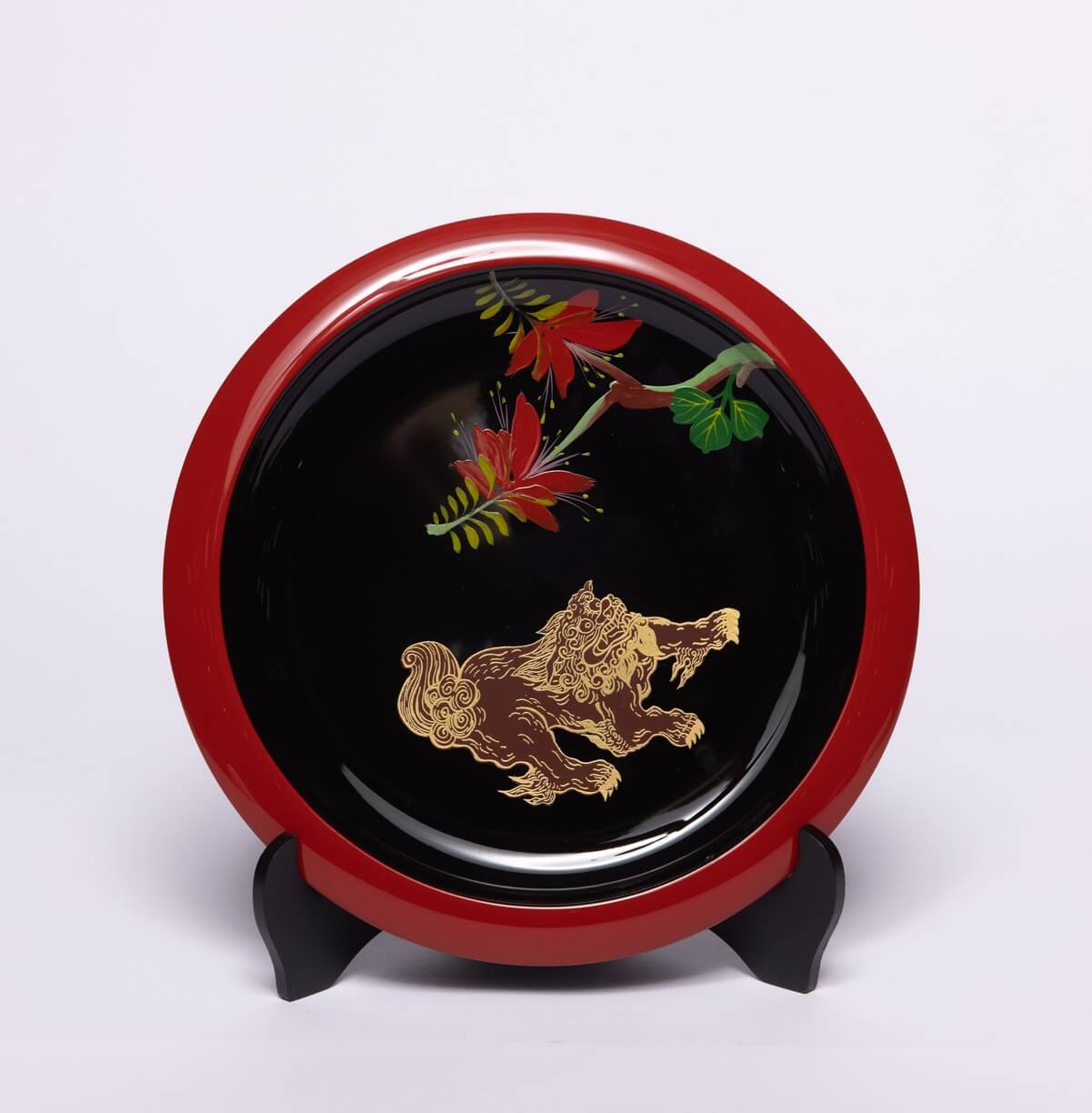
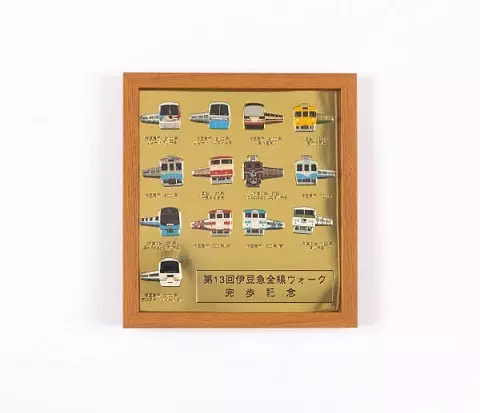
.jpg)
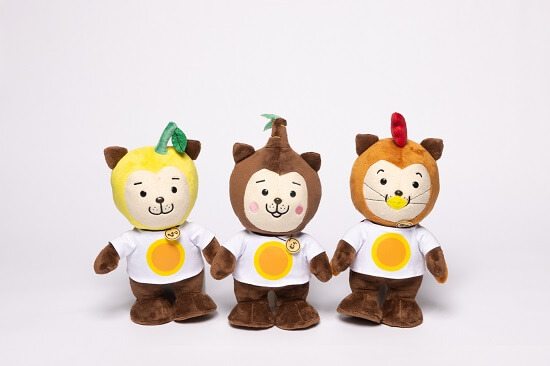
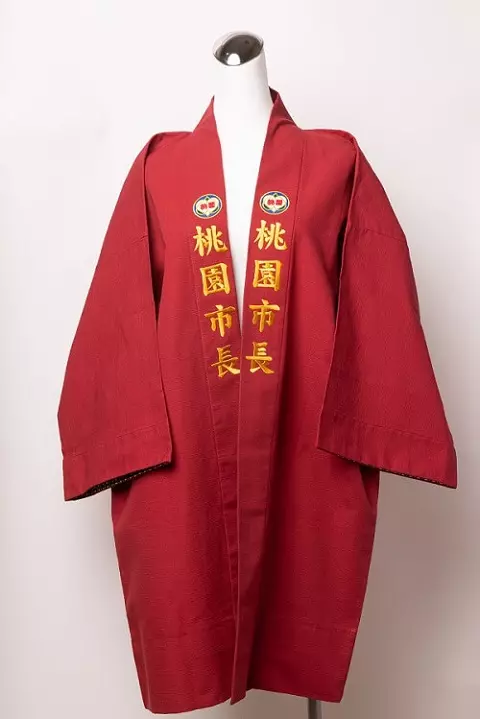
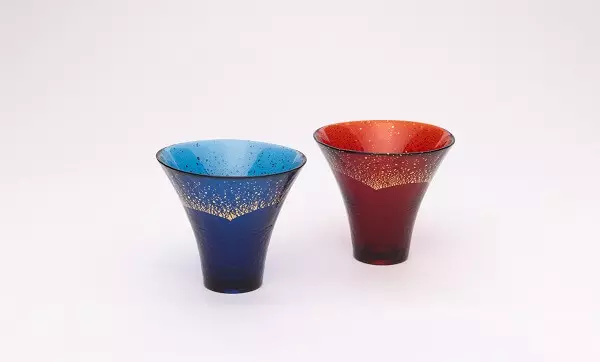

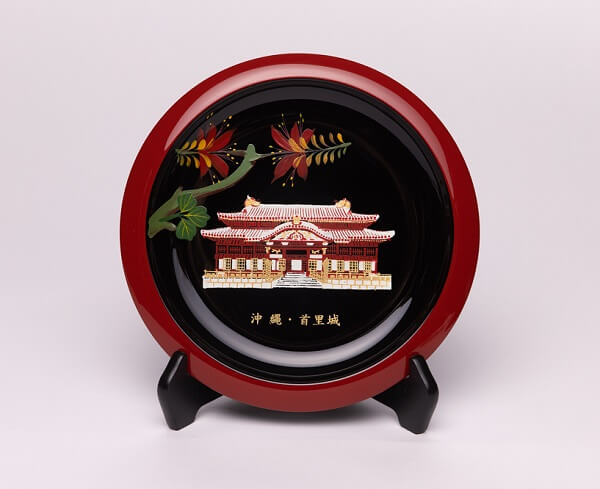
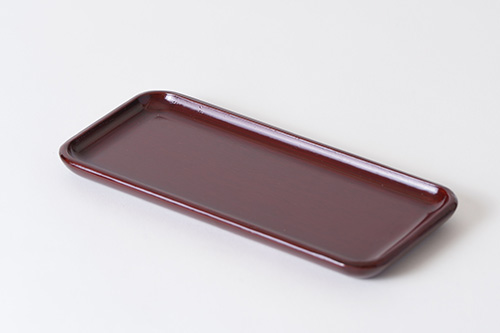
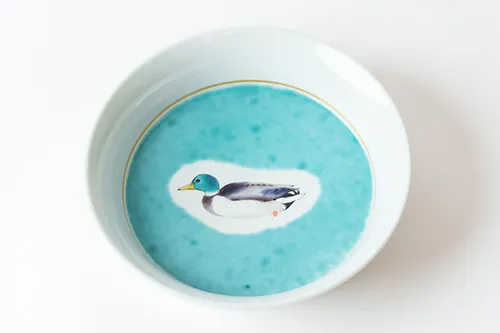
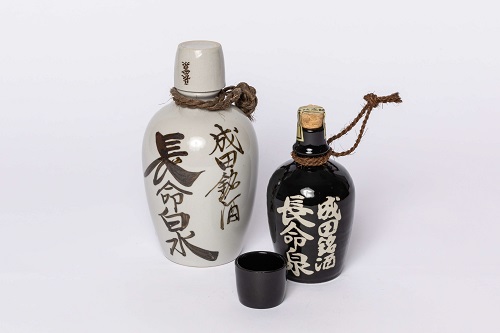
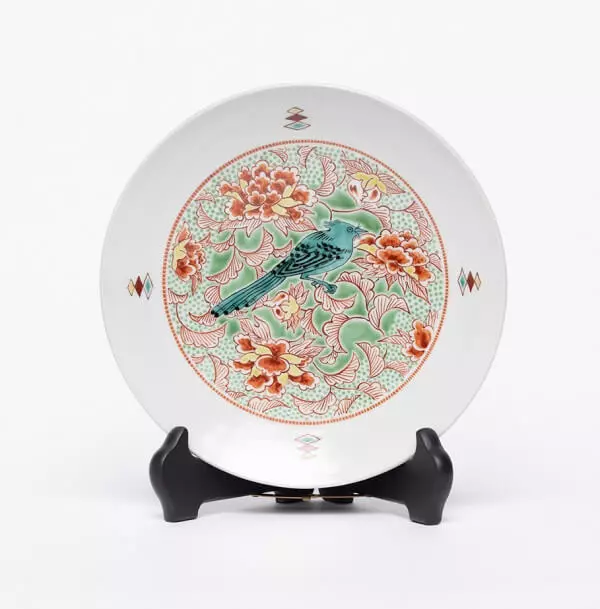
.JPG)
